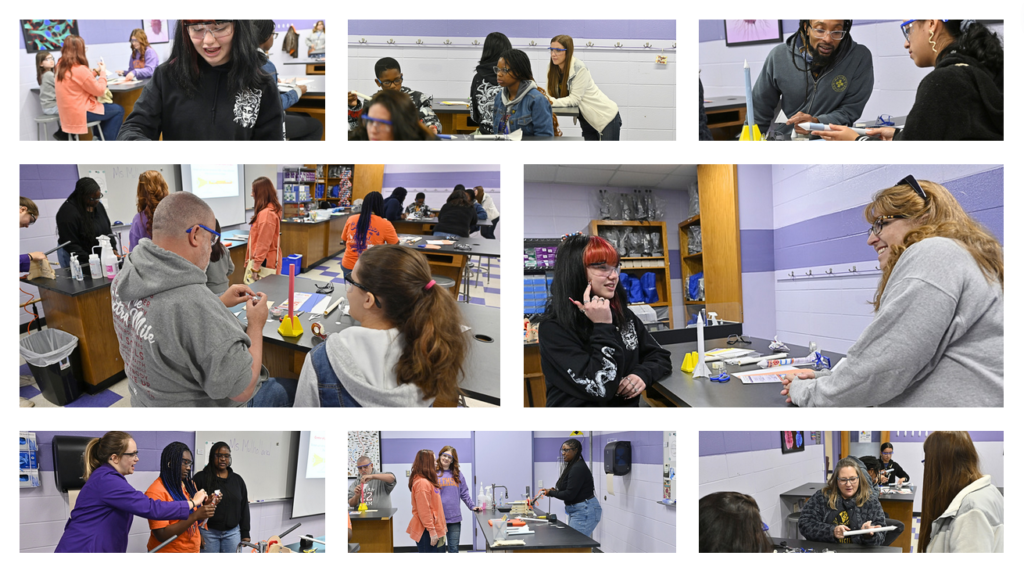What We Offer:
- Interactive Science Lab Experiences
For School Groups: We host interactive science labs that bring classroom concepts to life. Students roll up their sleeves and dive into captivating experiments. From DNA analysis to ecosystem studies, our labs make science tangible and exciting.
For Homeschoolers: We extend our hands-on labs to homeschoolers, providing a stimulating environment where young minds can explore, question, and discover.
- Summer Day Camps (Ages 8-12)
Unleash Summer Fun: Our summer day camps are a blend of adventure and education. Campers aged 8 to 12 unravel the mystery in a crime scene, build rockets, and engage in the engineering and design process. It’s hands-on science and an absolute blast!
- Summer Residential Camps (Grades 9-12)
Immersive Learning: For those seeking a deeper dive, our residential camps offer an immersive experience. Campers stay on campus, surrounded by fellow science enthusiasts. They delve into biotechnology and how it impacts public health all while forming lasting friendships.
- Out of School Programs
Extend the Learning: Our out-of-school programs provide a safe and stimulating environment for students. We keep the curiosity alive beyond the classroom.
CU-REACH Tutoring at Littlejohn Community Center
Empowering Minds: Our CU-REACH tutoring program at the Littlejohn Community Center ensures that every learner has access to quality education. We provide personalized support, helping students thrive academically.
My STEM My Story
Inspiring Narratives: My STEM My Story is a platform where scientists, educators, and learners share their personal journeys in science. Through storytelling, we inspire the next generation of curious minds.
- Outreach Activities
Connecting Communities: Our outreach activities are proactive efforts to connect with our community. We deliver important information, services, or resources to individuals who may not have easy access to them. Science knows no boundaries, and neither do we!

The Clemson University Science Outreach Center is sponsored by Clemson University’s College of Science.
 University Home
University Home College of Science
College of Science Prospective Students
Prospective Students Give
Give